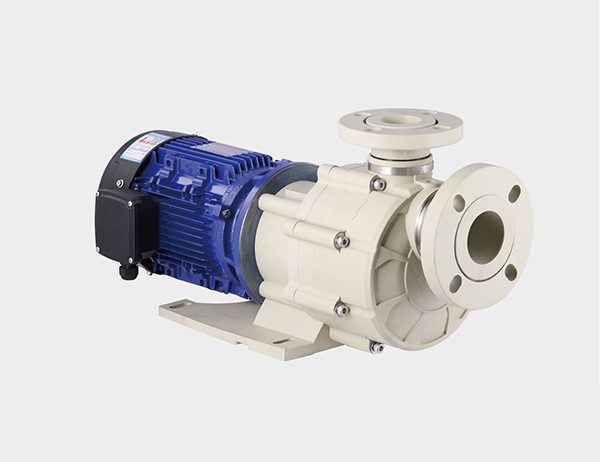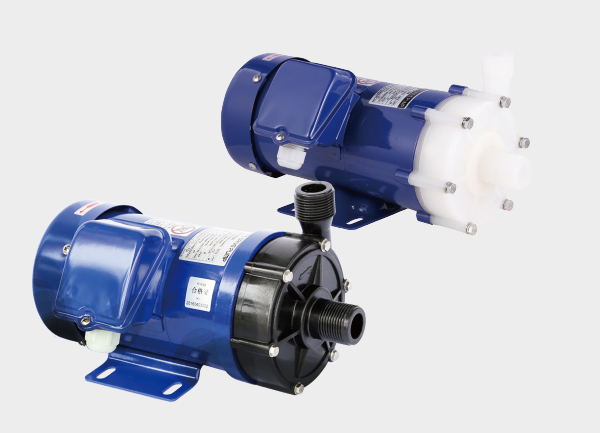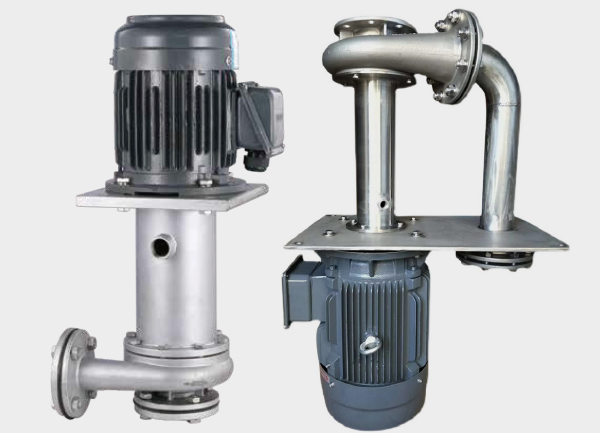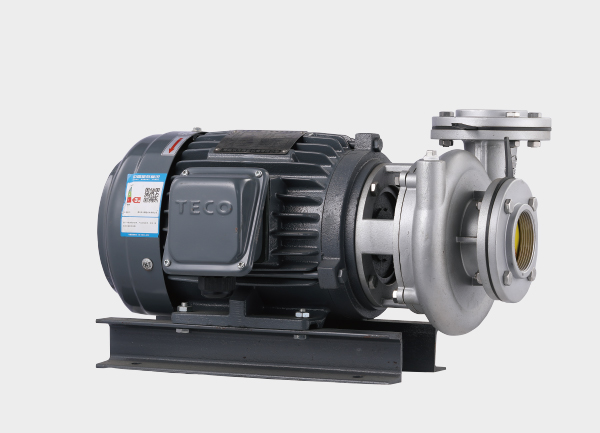Magnetic pumps are widely used for their leak-free and corrosion-resistant design, but excessive vibration or noise can shorten equipment life, damage piping systems, and cause seal failure. This guide explains the common causes and effective troubleshooting methods for magnetic pump vibration and noise issues.
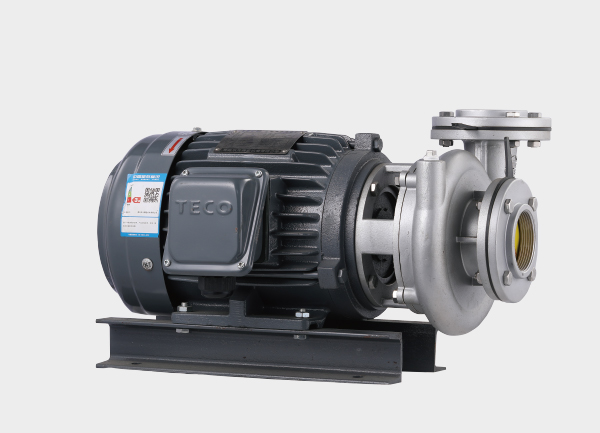
I. Common Causes of Magnetic Pump Vibration and Noise
1. Mechanical Issues
Worn or damaged bearings
Long-term operation can cause wear on the bearing raceways and balls, or insufficient lubrication can lead to overheating and bearing failure. Improper bearing clearance—too tight or too loose—may also result in irregular vibration and noise.
Impeller imbalance
Uneven weight distribution from manufacturing tolerances, scaling, or material buildup can cause imbalance during rotation. Additionally, impeller wear or deformation increases centrifugal force imbalance, resulting in strong vibrations.
Magnetic coupling misalignment
When the pump shaft and motor shaft are not properly aligned or the inner and outer magnets of the coupling are offset, magnetic forces fluctuate during operation, causing cyclic vibration and noise.
2. Hydraulic and Flow Problems
Cavitation
Low suction pressure (caused by excessive suction pipe resistance or high liquid temperature) can lead to vapor bubbles forming inside the pump. When these bubbles collapse, they create shock waves, producing vibration and “crackling” noises.
Flow fluctuation or overload
Operating at too low a flow rate (below rated capacity) can cause internal recirculation and vortex formation, generating hydraulic vibration. Overloading the pump by running at excessive flow rates also increases vibration and motor noise.
Piping resonance
When the vibration frequency of the pump matches the natural frequency of the piping system, resonance occurs, amplifying vibration and noise. Poorly supported pipes or misaligned connections can further transmit and magnify vibration.
3. Installation and Foundation Problems
Weak or unstable foundation
Cracked or settled concrete foundations and loose anchor bolts can reduce pump stability, resulting in strong vibration during operation.
Improper piping installation
If the suction or discharge piping lacks rigidity, has too many bends, or exerts stress on the pump casing, vibration can be transferred to the pump. Misaligned flanges or unsupported pipe weight also worsen the problem.
II. Solutions and Troubleshooting Methods
1. Repair Mechanical Components
Inspect and replace bearings
Disassemble the pump and inspect bearing wear. Replace damaged bearings with the correct model. Ensure proper clearance and use clean, high-quality lubricant or grease to maintain smooth rotation.
Balance the impeller
Clean off any attached debris, scale, or buildup from the impeller. Replace deformed or worn impellers. Perform a dynamic balance test on new or repaired impellers to eliminate centrifugal imbalance.
Align magnetic coupling
Use a dial indicator to check the concentricity and axial runout between the pump shaft and motor shaft. Adjust positioning to maintain misalignment within 0.1 mm. Reinstall the coupling ensuring even magnetic spacing and alignment.
2. Optimize Hydraulic Conditions
Eliminate cavitation
Increase suction pressure by lowering installation height, shortening suction pipe length, or enlarging the pipe diameter. For high-temperature media, install a cooling device or buffer tank to prevent vapor formation.
Adjust the flow rate
Use the discharge valve or a variable frequency drive (VFD) to operate the pump within its rated flow range. Avoid running under low-flow or overload conditions. If system requirements differ significantly from pump capacity, select a better-matched magnetic pump model.
Prevent piping resonance
Add more pipe supports and increase rigidity. Modify pipe routing to avoid resonance with pump vibration frequency. Use flexible connectors or rubber gaskets at flange joints to reduce vibration transmission.
3. Improve Installation and Foundation
Reinforce the foundation
Repair or re-pour cracked or uneven bases to restore flatness and rigidity. Tighten all anchor bolts and use lock washers to prevent loosening during operation.
Reinstall and align piping
Ensure pipe flanges align perfectly with the pump flanges to eliminate stress. Use flexible couplings (such as metal bellows or rubber expansion joints) between the pump and piping to absorb vibration and relieve weight stress. Support long pipelines with additional brackets to distribute load evenly.
III. Conclusion
Excessive vibration or noise in a magnetic pump often results from mechanical misalignment, hydraulic instability, or poor installation. A systematic approach—covering mechanical inspection, flow optimization, and installation correction—can effectively restore stable, quiet operation.
For long-term reliability, it’s recommended to:
Conduct regular bearing and impeller inspections.
Monitor vibration and temperature during operation.
Maintain proper alignment and lubrication at all times.
By following these preventive and corrective actions, you can significantly extend the service life of your magnetic pump and reduce maintenance downtime.


